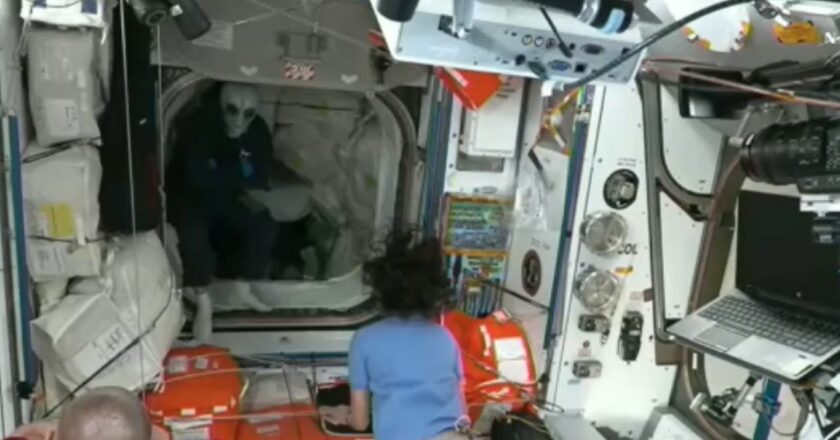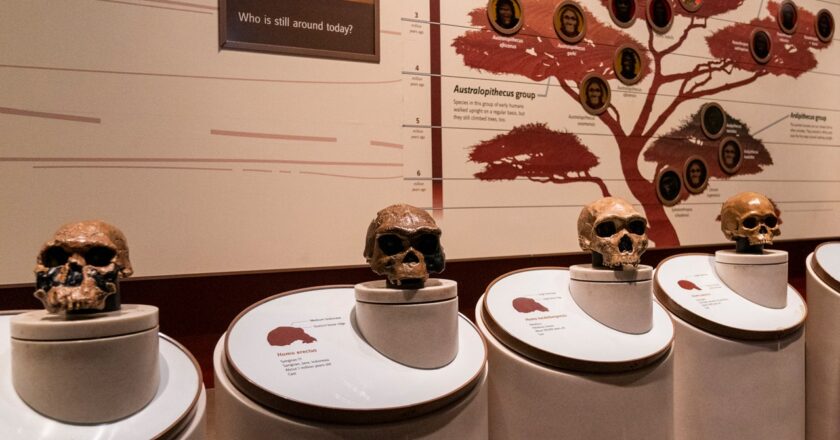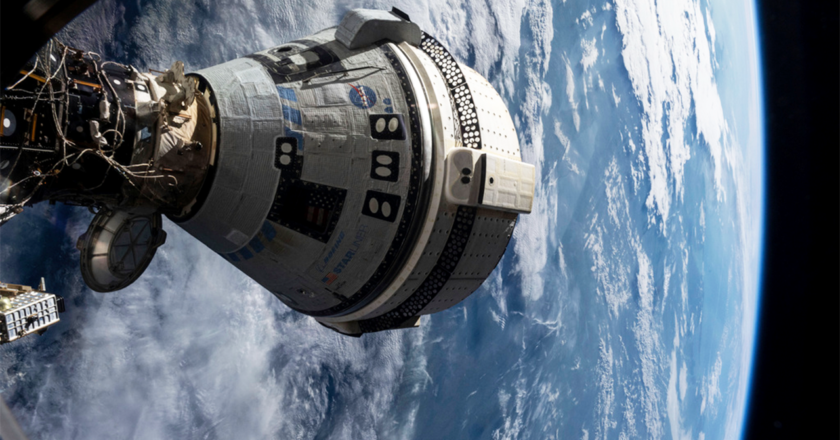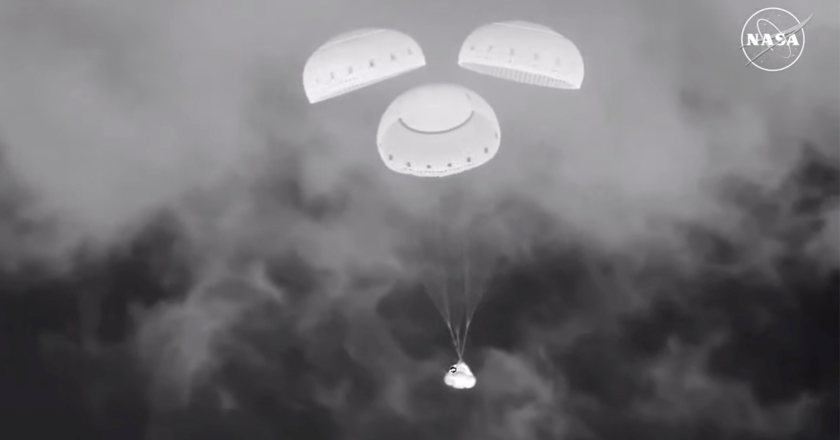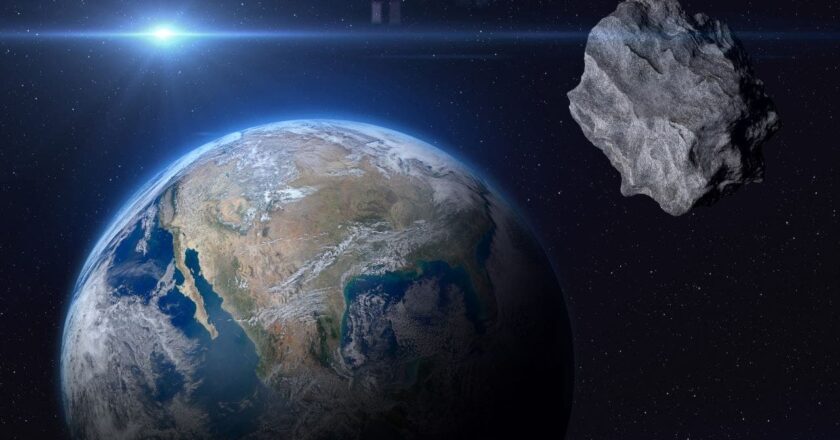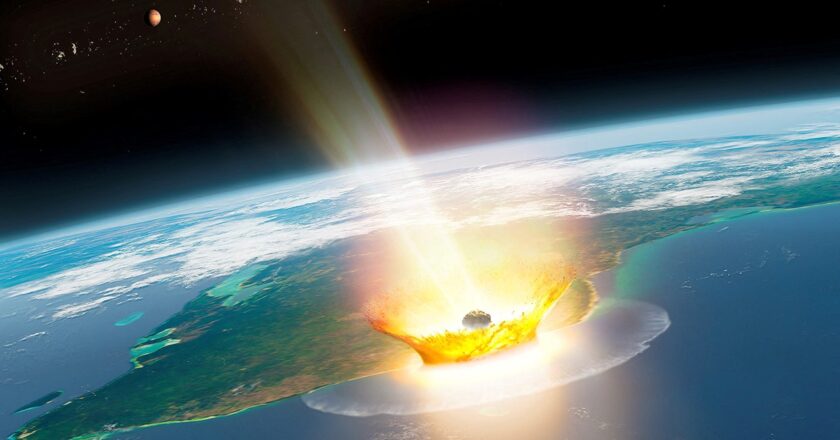Scientists capture rare sighting of octopus riding shark on camera
What happens when an octopus jumps on a shark for a ride around town? A "sharktopus," of course.The rare sighting, captured on video off the coast of New Zealand and shared by scientists affiliated with the University of Auckland, shows a Maori octopus riding on top of a mako shark, which is the fastest in the world with the ability to swim up to 46 mph. The university said the December 2023 encounter "was one of the strangest things University of Auckland marine scientists had ever seen. It was a mysterious sight indeed… octopus are mostly on the seabed while short-fin mako sharks don’t [favor] the deep."MASSIVE SHARK HEADED DOWN FLORIDA COAST AHEAD OF BUSY TRAVEL SEASON A rare sighting captured off the coast of New Zealand and shared by scientists affiliated with the University of A...

